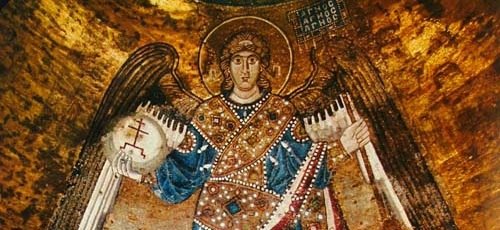I bought The Satanic Verses in irritation at all the fuckwits who were complaining about Rushdie getting a knighthood. Not surprisingly perhaps, having bought it as a gesture rather than because of an urgent desire to read it, it ended up at the bottom of my to-read pile. It didn’t help that it has a bit of a reputation as being unreadable.

You know what, though? It’s actually a really good novel.
It’s full of inventive ideas and images, playful use of language, barbed social comment and, you know, good novelly things generally. It’s magical realism – two men mysteriously survive falling from an exploding plane, only to find themselves transforming, one into the image of the archangel Gabriel and the other into Satan – but the realism part of the equation is strong enough to keep the book grounded in the real world of London and Bombay.
I can understand why quite a few people found it hard to finish, though. It has that rambling quality that quite a lot of Serious Literary Novels have had ever since modernism: lots of characters, lots of narrative threads which are only loosely connected, long digressions which seem a bit irrelevant. I have to admit it’s not a quality I find particularly attractive. It seems like an excellent recipe for a book which is less than the sum of its parts. And a great way of reducing the book’s forward momentum; I don’t demand that everything I read is an un-put-downable page-turner, but I do like to feel it’s going somewhere. There were times, reading The Satanic Verses, when it felt a bit becalmed.
On balance, though, I enjoyed it.

I suppose I can hardly review the most controversial novel since Lady Chatterley’s Lover without some comment on the controversy. Mohammed is a character in the book – or at least the Gabriel character has dream visions in which Mohammed appears – and he is presented as self-serving, opportunistic and not a real prophet. Which I can understand might irritate Muslims. But actually it wasn’t nearly as inflammatory as I thought it might be. Compared, for example, to the portrayal of Moses in Timothy Findley’s Not Wanted On The Voyage, it’s really very gentle. It just portrays Mohammed as human.
picture credits: the first is a detail from William Blake’s ‘Satan in His Original Glory’ from Tate Britain; the second is a detail of a mosaic of the Archangel Gabriel in the dome of St Sophia Cathedral in Kiev.